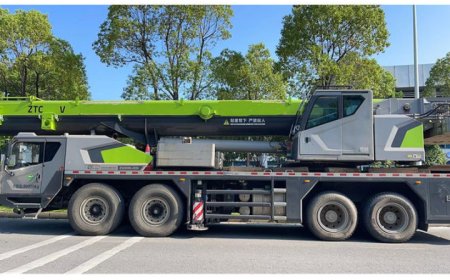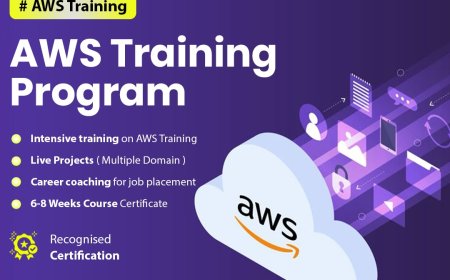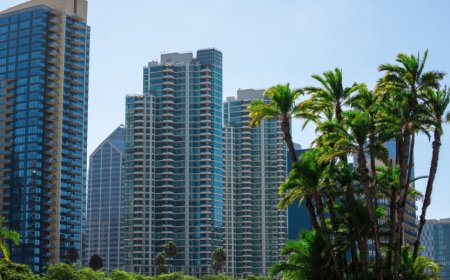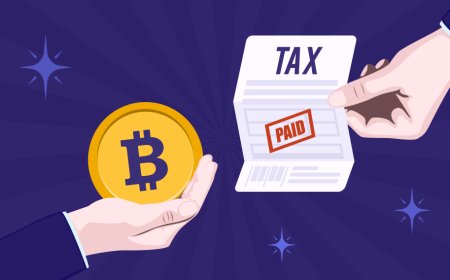What’s the Easiest Way to Get US Permanent Residency Today?

For people across the world, gaining US permanent residency is more than just a legal processits a chance to unlock opportunity, build a secure future, and live the American dream. Whether you want to work, reunite with loved ones, or simply start fresh, a green card can be your gateway. But the steps can seem overwhelming at first. This guide breaks down the process of obtaining US permanent residency in plain language, with a human touch, so you can take each step with confidence.
Understanding US Permanent Residency
US permanent residency allows foreign nationals to legally live and work in the United States on a long-term basis. This status is commonly known as having a green card. Its not the same as citizenship, but it offers many similar benefits. Green card holders can stay in the US indefinitely, work without restrictions, and after a few years, even apply for citizenship if they wish.
People become eligible through various routes, depending on their personal background and goals. Lets explore those paths in more detail.
Top Ways to Get US Permanent Residency
Theres no one-size-fits-all way to get a green card. The United States has several options based on family relationships, employment, humanitarian reasons, or even luck.
1. Family Sponsorship
One of the most common ways to obtain a green card is through a family member who is already a US citizen or permanent resident. This includes:
-
Spouses of US citizens
-
Parents of US citizens (if the child is over 21)
-
Children and siblings of US citizens
-
Spouses and children of permanent residents
Immediate relatives of US citizens have the fastest path because there are no yearly limits in that category.
2. Employment-Based Green Cards
Skilled professionals, workers with extraordinary talent, or those with a job offer in the US may qualify for employment-based green cards. These are divided into preference levels:
-
EB-1: For individuals with extraordinary ability (artists, researchers, executives)
-
EB-2: Professionals with advanced degrees or exceptional ability
-
EB-3: Skilled workers, professionals, and unskilled workers with sponsorship
-
EB-4: Special immigrants like religious workers
-
EB-5: Investors who invest substantial capital in a US business
Each preference has its own requirements, but all share one thing: youll likely need an employer sponsor or business plan.
3. Diversity Visa Lottery (Green Card Lottery)
The US runs a yearly Diversity Immigrant Visa Program, also known as the green card lottery, to offer residency to individuals from underrepresented countries. Around 50,000 applicants are chosen each year through a random selection process.
Applicants must meet basic education or work experience requirements, but otherwise, this route is a unique and low-cost opportunity.
4. Refugees and Asylees
People fleeing persecution based on race, religion, nationality, political opinion, or social group can apply for asylum or refugee status. After living in the US for one year under this protection, they may apply for permanent residency.
This path is specifically for those who face serious threats in their home country and need safety in the US.
5. Special Programs and Humanitarian Relief
There are other unique ways to obtain US permanent residency:
-
U visas for crime victims
-
T visas for victims of trafficking
-
Green cards for Afghan or Iraqi nationals who worked with the US government
-
VAWA (Violence Against Women Act) for abused spouses of US citizens or residents
-
Military service-based options
While these routes may be less common, theyre vital for those who qualify and often come with added protections.
Steps to Apply for US Permanent Residency
No matter which path you take, the green card application process follows a few basic steps. Heres a simplified version:
Step 1: Determine Your Eligibility
Figure out which category you qualify forfamily, work, asylum, investment, or special programs. Understanding your path helps you gather the right documents and avoid delays.
Step 2: Have a Sponsor File a Petition
Most categories require someone to petition for you. For example:
-
A relative files Form I-130 for family-based immigration
-
An employer files Form I-140 for employment-based cases
This step notifies USCIS (United States Citizenship and Immigration Services) that youre applying for a green card.
Step 3: Wait for a Visa Number (If Needed)
Some categories, especially those with yearly limits, require waiting for your priority date to become current. Immediate relatives of US citizens dont need to wait, but others may experience long waits.
Step 4: Submit Your Application
Once eligible, youll submit Form I-485 if youre already in the US (this is called adjustment of status), or go through consular processing if youre applying from another country.
This stage includes submitting your background information, health checks, and financial documents.
Step 5: Attend Biometrics and Interview
Youll be scheduled for a biometrics appointment (fingerprints and photo) and later attend an interview. During the interview, immigration officers will verify your information and assess your eligibility.
Step 6: Wait for Approval
If your application is approved, congratulations! Youll receive your green card and become a lawful permanent resident of the United States.
Living with a Green Card: Rights and Responsibilities
As a green card holder, you gain many new rights:
-
Work and live anywhere in the US
-
Travel internationally (with some restrictions)
-
Sponsor certain family members
-
Qualify for federal student aid (after 5 years)
-
Apply for US citizenship after 3 to 5 years, depending on the case
However, you also take on responsibilities:
-
Obey all US laws
-
Pay taxes on your global income
-
Renew your green card every 10 years
-
Notify USCIS of address changes
-
Avoid abandoning your residency by staying outside the US too long
How Long Does It Take to Get US Permanent Residency?
The timeline varies widely depending on the category and the applicants country of origin. Here's a general idea:
-
Family-based (immediate relatives): 6 to 12 months
-
Other family categories: 2 to 10 years
-
Employment-based: 1 to 5 years
-
Diversity visa lottery: About 1 year
-
Asylum-based: 1 to 2 years after asylum is granted
Backlogs and visa caps can slow things down, but staying patient and organized will help you get through.
What Can Cause Delays or Denials?
Several things can slow down or harm your chances:
-
Missing documents
-
Criminal history
-
Past immigration violations
-
Fraud or misrepresentation
-
Health issues without required vaccinations
Being honest, accurate, and prepared helps avoid unnecessary delays or rejection.
Is US Permanent Residency Worth It?
Absolutely. For millions, becoming a US permanent resident has opened doors to stable careers, quality education, personal freedom, and a better future for their families. The journey might seem long or challenging, but its a life-changing achievement that pays off for years to come.
Final Thoughts
US permanent residency isnt just about paperworkits about building a life in one of the most diverse and opportunity-rich countries in the world. Whether your path is through family, a job, a lottery win, or starting a new life after hardship, the key is to stay informed, patient, and hopeful.
With each step forward, youre not just moving through a processyoure moving toward a new beginning.






































